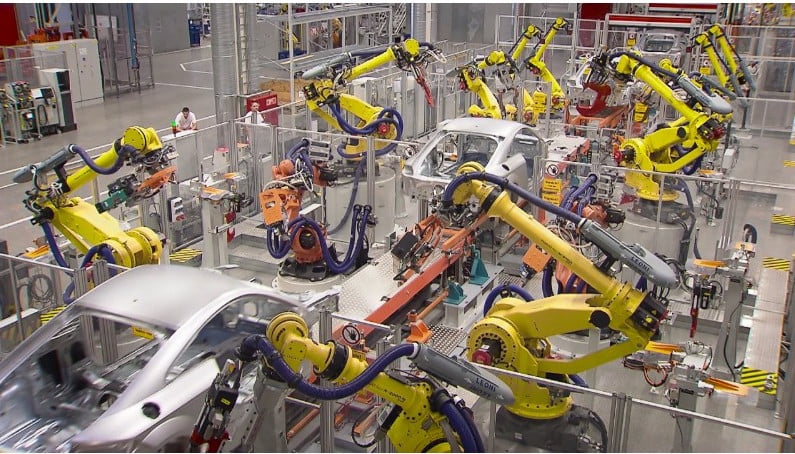The use of robots in industry has been around for a while now. With technological advancements, industrial robots have also made tremendous progress in the work they can handle, collaborative robots have been created to work with human partners and the IoT has made it possible for robots to communicate among themselves. These aspects of technology have enhanced their usefulness and increased their demand in workplaces around the world.
The older and the new industrial robot manufacturers have upped the ante in the creation of robots that are easily programmed and reprogrammed to perform different activities in the workplace smoothly and efficiently.

Why Should Factories Embrace Robots
Robot manufacturers have over the years manufactured and installed robots and robotic appliances in many work places. The main driver of robot demand is cost. Robots can work for much longer hours than humans without losing their efficiency. It is therefore more cost effective for companies to engage robots rather than increase staff costs by hiring more staff.
With the progress made in technology, manufacturing especially of electronic and communication devices requires higher precision. Robot manufacturers are producing specialized robots for precision manufacturing. This then increases the quality of products and lead to more usefulness for the manufactured products.
The use of robots has also highly increased safety in the workplace. Most factories require heavy lifting and this can be potentially harmful to the health of human workers. Engaging robots to carry out heavy lifting work, work in extreme weather conditions and even handling poisonous chemicals and materials increases health and safety standards in a workplace.
Using robots increases efficiency in work activities. Routine and mundane tasks can be delegated to robots. This then releases the human staff to concentrates on aspects of the business that require higher levels of thinking and interacting with the human customers.
Emerging Trends in Industrial Robot Manufacturing
Industrial robot manufacturers are now producing collaborative robot arms also known as cobots. These are robots that as their name suggests work in collaboration with human staff. Their programming allows them to sense their proximity to humans and to adjust their functionality accordingly. Collaborative robot arms can also be easily reprogrammed to perform different activities on demand.
In addition to commercial activities, robot manufacturers are also developing robots for use in the medical sphere. Medical robotic arms will be used to assist in highly specialized surgeries. In addition, robots are being used in the medical field for physical rehabilitation and therapy too.
Artificial intelligence is also a very prominent feature in the manufacturing of industrial robots. As technology advances and robot manufacturers integrate the recent advancements into their creations, robots increasingly become more intelligent leading to higher productivity in factories and efficiency in the work done.
The internet of things is connecting robots to the internet. This increases the range of activities in which robots can be applied to. Industrial robot manufacturers can have their robotic arms connected to the internet for better output and to easily receive programming instructions.
The internet of things is also leading robot manufacturers into other industries. Trade, logistics and distribution are some of the initially targeted sectors to be revolutionized by robotics. The emergence of driverless cars and trucks will turn around the way work is conducted in these industries. The increasing use of drones to deliver products and for surveillance is another sign of things to come in this industry as a consequence of robots.
Industrial robot manufacturers will also be manufacturing robots that respond to instruction in the human voice. Especially for collaborative robots, this will be the rise of another revolution in the manufacturing industry.
Industrial robot manufacturers promise manufacturers of all sizes that they can enjoy the use of collaborative robots in their businesses for increased results and a healthier bottom-line. With their ease of use robots will lead to better working conditions and to increasingly higher quality products manufactured consistently all year round.
